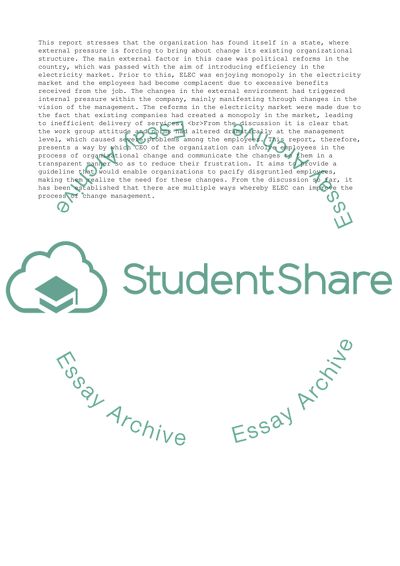Cite this document
(“Organisational Change Management: Human Resource Management, Essay”, n.d.)
Retrieved from https://studentshare.org/management/1651239-organisational-change-managementhuman-resource-management-organisational-behaviour-and-tourism
Retrieved from https://studentshare.org/management/1651239-organisational-change-managementhuman-resource-management-organisational-behaviour-and-tourism
(Organisational Change Management: Human Resource Management, Essay)
https://studentshare.org/management/1651239-organisational-change-managementhuman-resource-management-organisational-behaviour-and-tourism.
https://studentshare.org/management/1651239-organisational-change-managementhuman-resource-management-organisational-behaviour-and-tourism.
“Organisational Change Management: Human Resource Management, Essay”, n.d. https://studentshare.org/management/1651239-organisational-change-managementhuman-resource-management-organisational-behaviour-and-tourism.


